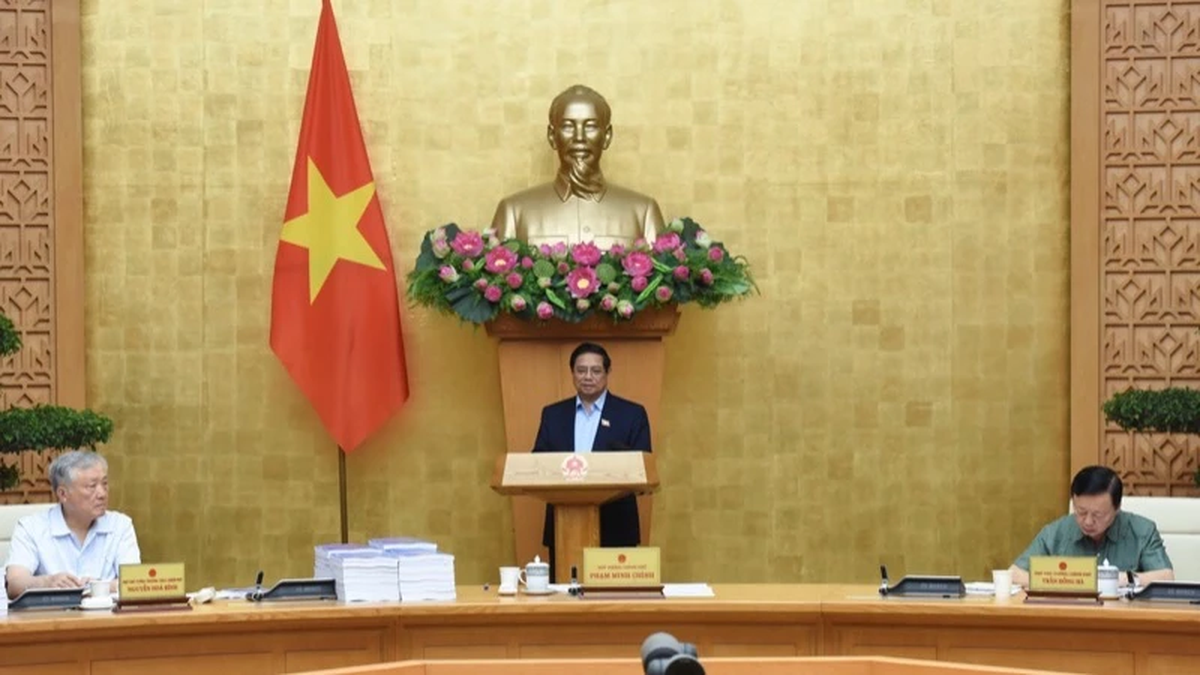The US Federal Reserve (Fed) and many other central banks have relatively similar approaches to monetary policy making: they are systematic, transparent, and forward-looking. These approaches share some key features of clearly defined and publicly disclosed monetary policy objectives...
Major central banks also tend to be very transparent in explaining their policy decisions and the reasons behind them to the public. Such transparency enhances the effectiveness of monetary policy by helping households and businesses form expectations about future economic and financial conditions, which influence their spending and investment decisions. At the same time, transparency helps countries monitor the central bank’s accountability for achieving its stated goals.
Because monetary policy has a lag in its effects on the economy, the Fed and other major central banks take a forward-looking approach. Central banks consider not only current economic conditions but also their projections of how the economy will develop and the risks surrounding that outlook. Four times a year, as part of the Federal Open Market Committee’s (FOMC) forward-looking approach, each member of the Board of Governors and each Federal Reserve Bank president develops and presents their own projections of the outlook for real (inflation-adjusted) GDP growth, the unemployment rate, and inflation, along with their assessment of the path of the federal funds rate that is most likely to promote outcomes consistent with the FOMC’s objectives.
In addition, the Federal Reserve Board staff forecasts and other analyses provided to the FOMC are released to the public after a five-year lag. Most central bank forecasts are judgmental in nature—meaning they are not produced by a single model, but instead reflect the judgment of policymakers or staff, often based on a variety of models and sources of information.
These forecasts are published quarterly in the Summary of Economic Projections (SEP). The most recent SEP projections are also included in the Semiannual Monetary Policy Report to Congress. Of course, economic forecasts always come with a significant degree of uncertainty. One way the FOMC highlights this uncertainty is by providing information in the SEP about the extent to which past forecasts have been inaccurate. At FOMC meetings, policymakers discuss their individual views and reach consensus on appropriate policy decisions.
Most other major central banks also publish forecasts for inflation and other macroeconomic variables. A good example is the Bank of England's Inflation Report, which provides forecasts for economic growth, the labor market, and inflation, along with an assessment of the uncertainty associated with each forecast. Publishing forecasts increases transparency, in part because central banks are often explicitly targeting inflation and employment over the medium to long term.

When discussing monetary policy and developing forecasts for the economy, Fed policymakers frequently refer to policy rules. These rules propose policy interest rate levels based on estimates of deviations from: (1) Inflation from the central bank’s target and (2) Output from the maximum utilization of resources. However, these rules do not by themselves include the feedback effects that changes in the policy interest rate will have on growth, the labor market, and inflation. By integrating the policy rule into a macroeconomic model, it is possible to consider policy interest rate proposals that take these feedback effects into account. Over the years, the FOMC has regularly considered both proposals from simple policy rules and simulations that take feedback effects into account (These documents are published with the minutes of FOMC meetings after a five-year lag). Other major central banks also use policy rules in a similar way, but to date, no major central bank has mechanically set policy rates based on the recommendations of such a rule.
In terms of policy goals, the Fed and other major central banks publicly and clearly explain their monetary policy goals. In the Federal Reserve Act, Congress requires the Fed to establish monetary policy to promote “maximum employment, stable prices, and appropriate long-term interest rates.” In 2012, the FOMC adopted a Statement on Long-Run Goals and Monetary Policy Strategy, which it reaffirms each January. The statement states that the FOMC judges that 2 percent inflation (measured by the annual rate of change in the personal consumption expenditures price index) is most consistent with the Fed’s statutory mandate over the long run. The FOMC’s inflation target is symmetric, meaning that inflation that runs either above or below 2 percent is undesirable. The statement also states that the FOMC seeks to minimize deviations from the Committee’s maximum employment level. At the same time, the statement acknowledged that maximum employment is largely determined by non-monetary factors and changes over time (FOMC members provide their assessments of the long-run normal unemployment rate each quarter in the SEP).
Other major central banks around the world also have broader mandates set by law (or, in the case of the European Central Bank, by treaty) and have specific inflation targets, but like the Fed, they do not set specific targets for other economic objectives. For example, the treaty establishing the ECB lists price stability as a primary objective, but also directs the ECB to contribute to the achievement of European Union goals, including full employment and balanced economic growth. The ECB defines price stability as annual inflation below 2% and aims to maintain inflation “below, but close to, 2% over the medium term.” In practice, all major central banks seek to achieve price stability while avoiding large deviations in employment and output.
This approach is sometimes referred to as “flexible” inflation targeting. Even central banks with a mandate that is solely concerned with inflation are not required to return inflation to target in the shortest possible time and may consider other economic objectives (such as employment). In a popular macroeconomic model, such an approach significantly minimizes the welfare losses associated with inflation without causing large welfare losses due to large deviations from full employment. Central banks with inflation targeting include the Federal Reserve (Fed), the Bank of England, the Bank of Japan, the European Central Bank (ECB), the Swiss National Bank, and many others.
Finally, the Fed and other major central banks around the world regularly make their policy decisions public and explain the reasoning behind them. For example, after eight regular meetings each year, the FOMC publishes a policy decision and an assessment of current economic developments and the economic outlook (the FOMC published its first post-meeting statement in 1994 and began issuing a statement after each meeting in 1999. The statements, minutes, and transcripts of the press conferences are available on the Board’s website at https://www.federalreserve.gov/monetarypolicy/fomccalendars.htm). After these meetings, the Fed Chairman holds a press conference to provide additional information and answer questions. Detailed minutes of FOMC meetings are published three weeks later; full transcripts and meeting materials are published five years later. Twice a year, the Fed sends the Monetary Policy Report to Congress, and the Fed Chairman testifies before congressional committees about the report.
Central banks around the world also use many of the same communication tools. For example, the Bank of England, the Bank of Japan, the ECB, the Reserve Bank of Australia, and the Swedish Central Bank release detailed minutes of each policy meeting, typically within a month of the meeting. Most major central banks hold regular press conferences, where a senior policymaker explains policy decisions and answers questions from the media; their policymakers also testify before lawmakers and give public speeches. The Bank of Japan, like the FOMC, releases the full minutes of its policy meetings after a certain period of time. The Bank of England has announced plans to release the minutes of its policy meetings every eight years, starting in 2023.
Taken together, the Fed’s policy communications provide a rich source of information that members of Congress and the public can use to understand the FOMC’s decisions and assess their impact on the economy. This information helps ensure that the Fed is accountable to the public. Similarly, policy communications from other major central banks help the public and regulators understand their policy decisions. By helping the public understand the goals and strategies of central banks, this policy information helps improve the effectiveness of monetary policy.
Source: https://baodaknong.vn/chien-luoc-chinh-sach-tien-te-cua-cac-ngan-hang-trung-uong-lon-247571.html





![[Photo] Prime Minister Pham Minh Chinh chairs a special Government meeting on the arrangement of administrative units at all levels.](https://vphoto.vietnam.vn/thumb/1200x675/vietnam/resource/IMAGE/2025/5/9/6a22e6a997424870abfb39817bb9bb6c)
![[Photo] Magical moment of double five-colored clouds on Ba Den mountain on the day of the Buddha's relic procession](https://vphoto.vietnam.vn/thumb/1200x675/vietnam/resource/IMAGE/2025/5/9/7a710556965c413397f9e38ac9708d2f)




















































































Comment (0)